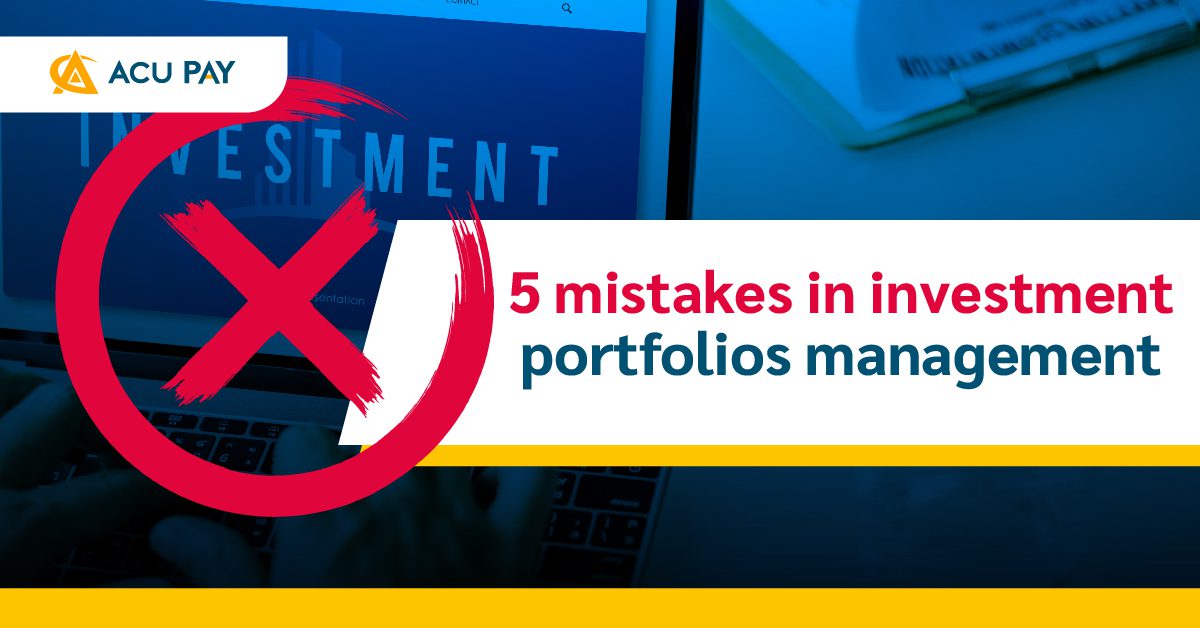


Many people tend to invest with no goals and buy funds only for tax deduction purposes, without caring about their investment policy and information or their own goals. In the end, the result may not be the way you expected. Therefore, we should choose investment to meet our target because each person’s investment target is different. For example, retirement targets should be long-term stock investments. Those who may have short-term fund savings goals within 2-3 years should invest less in stocks and increase investment in debt instruments or low-risk investments, etc.

The mistake that is often overlooked is no investment portfolio planning. Therefore, we need to plan the appropriate allocation of investment portfolios following our target to diversify risks, including brand names, real estate, gold, and non-correlated investments such as Thai and foreign shares, to reduce the risk of changing assets in the same direction. Most importantly, portfolios should be aligned with existing financial goals. This may result in missed financial goals and possible losses.

Novice investors often misunderstand that mutual funds have the same price changes as stocks, so they often compare prices in the short term, causing various concerns. Mutual funds are diversified the investment into several assets and fund managers are always adjusting their portfolios. Some stock prices may be up and down, but the prices of mutual funds will not change as fast as stocks. Therefore, investors should not trade mutual funds at short-term prices, focus on long-term investments and study information carefully before making investment decisions.

Portfolio adjustment is to adjust the portfolio of investment assets to the desired proportion. This is to enable the portfolio to achieve the desired target rate of return and manage the risk of the portfolio back to the acceptable point. Portfolio adjustment is also a highly flexible technique. Investors can apply it to all investment targets and can also apply it to high-risk assets. Investors can adjust their portfolios while they are in the process or plan to adjust their proportions before the end of the investment date.

Many investors often compare the returns of each type of fund, regardless of the major assets invested in it. Across category comparisons of funds are similar to comparisons of fruits and vegetables.
However, the correct comparison of funds should be made between funds with the same assets under the same standard. For example, two funds focus on investment in technology stocks, long-term returns, fees, and risks. This method will provide clearer information and help select funds that better suit your needs.
Investors can avoid these investment mistakes by examining their portfolio and focusing on the company’s fundamentals that determine the real return on both market prices and dividends to obtain appropriate shares for long-term holding.

MAKE A GREAT DAY WITH ACU PAY.